Discussions of diversity in higher education often focus narrowly on student populations, but demographic diversity among faculty and staff is also critical to the success of colleges and universities. Demographic diversity among faculty and staff is not only a byproduct of equitable hiring practices and a key source of diversity of perspective in the academic profession, it is also essential to engaging, educating, and inspiring increasingly diverse populations of undergraduate and graduate students.
At present, faculty and staff—particularly those in the upper ranks of faculty and administration—remain less racially and ethnically diverse than the student populations they serve. But the greater representation of women and people of color[1] in the junior ranks of faculty and administration may promise increased faculty and staff diversity in the years ahead.

